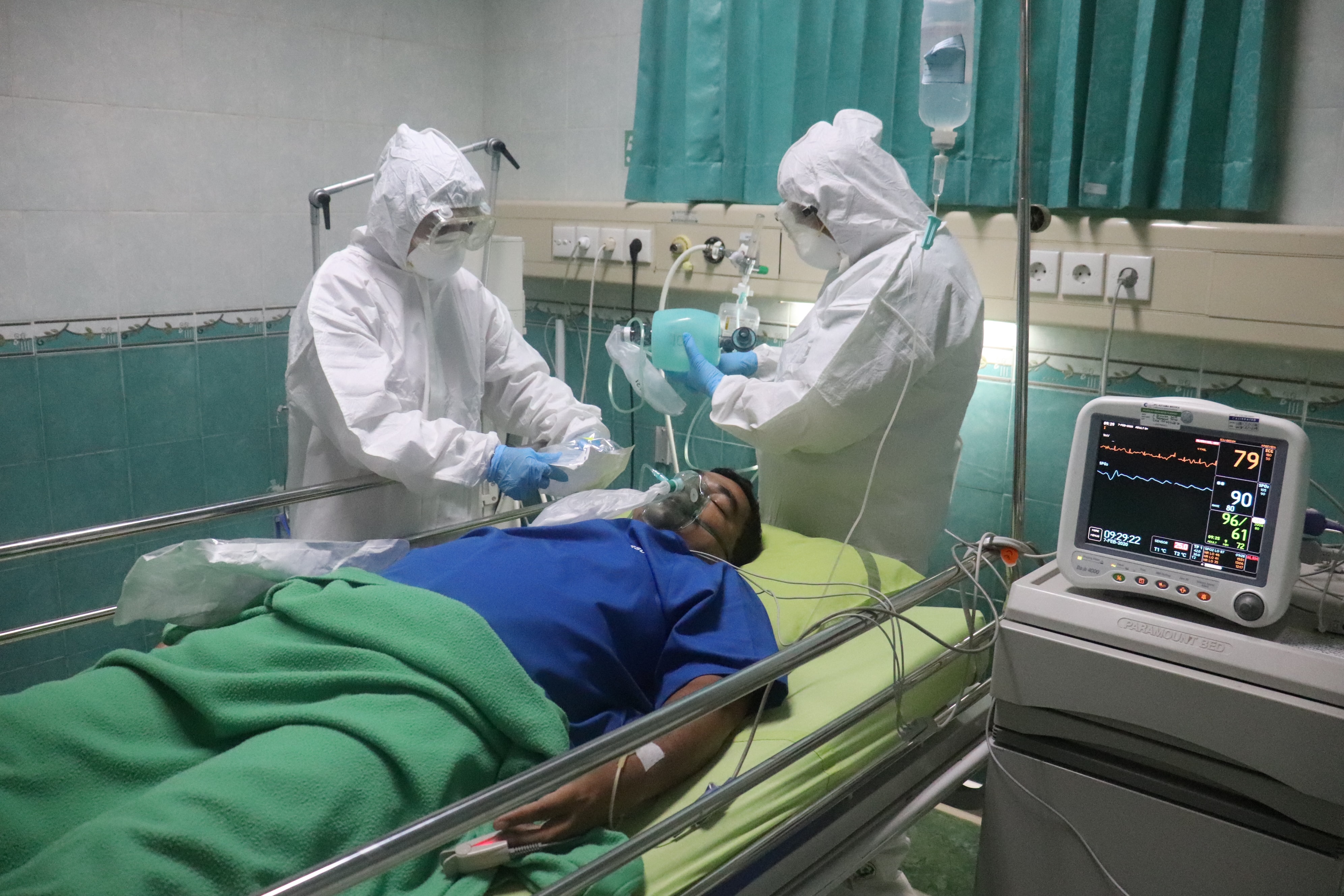When the pandemic hit, nearly every field was affected, from architecture to zoology. In the middle of it all were health -care workers, who faced immense changes while trying to do all they could to stop the spread of the disease and help victims survive and recover.
From clinics and classrooms to research labs and executive offices, our UMKC community has worked to stem the spread of a disease unlike any other in modern history. These Roos — along with countless other UMKC students, alumni, faculty, staff and friends — are making a difference in nursing, medicine, dentistry, pharmaceuticals, health system administration and health facilities engineering, just to name a few areas.
Meet the COVID fighters
Mark Chrisman (B.S. ’02 and M.S. ’07, School of Computing and Engineering; Ph.D. ’19, Interdisciplinary Studies)
Vice president and director of the health care practice at Henderson Engineers, a nationwide firm with 12 offices, including its headquarters in Lenexa, Kansas, and Kansas City, Missouri
Alexander Garza (B.S. ’90, School of Biological and Chemical Sciences)
Incident commander of the St. Louis Metropolitan Pandemic Task Force, chief community health officer of SSM Health system and former chief medical officer for the U.S. Department of Homeland Security
Gina Mullen (M.D. ’11, School of Medicine)
Emergency room physician at Dallas Veterans Administration Hospital and Baylor Medical Center at Uptown
Debra Pankau (M.S.N. ’96 and D.N.P. ’16, School of Nursing and Health Studies)
Clinical assistant professor at the School of Nursing and Health Studies and family nurse practitioner with Northwest Health Services
Janelle Sabo (Pharm.D. ’00, School of Pharmacy)
Global leader for Anti-COVID-19 Therapeutics Platform at Eli Lilly and Company
Ahmed Zarrough, D.D.S. (Faculty, School of Dentistry)
Clinical assistant professor, School of Dentistry, who fielded calls and managed emergency dental cases while the school’s clinics were closed to most patients.
A pandemic’s progression
Like many members of the community, at the beginning of the pandemic our UMKC COVID-19 fighters didn’t dream we’d be where we are today. Each of our alumni and faculty members shared with us how the pandemic has progressed for them and the challenges they’ve faced along the way.
Early 2020
Alexander Garza writes his first situation report on the virus for the 22-hospital SSM Health system. He begins running inventory on his hospital system’s supply of personal protection equipment (PPE).
Janelle Sabo gets a call from an Eli Lilly colleague in clinical research in Shanghai. “There's some sort of virus going around,” the researcher said, “and it's really impacting our ability to continue critical clinical trials in China.”
Gina Mullen says: “Volume [at the emergency room] was down, because I think people were scared to go to the ER." The atmosphere at her VA hospital changed “to like a ghost town.”
March
Many of Mark Chrisman's projects are put on hold, and his company assembles a task force to address the emerging pandemic.
Garza appears on MSNBC to discuss the uptick in COVID-19 cases in the Midwest.
Mullen’s husband, Jim, puts his law career on hold and heads to New York to help with the pandemic response, utilizing his prior training as an emergency room nurse. Mullen picks up night shifts at the VA to help out with the influx of patients.
Debra Pankau's classroom teaching shifts online and students’ clinical hours are put on hold. “When our nursing students couldn’t be in clinic anymore, or a classroom for that matter, we turned on a dime, didn’t miss a day,” she says.
Sabo is put in charge of the team managing data tracking for COVID-19 tests at Eli Lilly. “We turned one of our parking facilities into one of the largest drive-through testing operations in the country,” she says.
Ahmed Zarrough stops seeing all his patients as School of Dentistry clinics close except for the most urgent emergencies.
April–May
The St. Louis Metropolitan Pandemic Task Force is announced, with Garza giving press briefings six days a week for several weeks.
When Mullen’s husband returns to Dallas exhausted, he quarantines in a nearby hotel. “I think that was probably the hardest part,” she says. “Being so close but knowing he couldn't see us.” Afterward, they appear together on CNN’s Anderson Cooper 360 to discuss their experiences during the pandemic.
Zarrough and the rest of the Dental Clinic staff take turns fielding after-hours emergency calls, and since the clinic closed, now every call is “after hours.” Trips into the dental school become almost surreal, “different in almost every way. The school was empty, and I had to make sure security knew I was not an intruder.”
June–July
Chrisman’s local health care engineering projects begin to move forward with new considerations, like how to keep future viral patients separate from non-infected patients. “We presented different options to dozens of clients,” he says. “Can we convert a room to keep possible COVID patients isolated until we get them into a separate room? Can we convert a waiting room just for these people?”
Garza takes on a new title: chief community health officer at SSM Health. His initial sprint to replenish PPE supplies becomes a marathon. His task force begins working to advise school districts on how to reopen classrooms and whether to resume sports programs.
Mullen and her colleagues battle a surge in coronavirus cases in the Dallas area. She helps her COVID patients connect with loved ones by using her own phone to FaceTime their families.
Pankau routinely fields more than 25 daily lab calls about positive COVID-19 tests. She finds herself personally ensuring her infected patients have groceries and medications while isolating.
Sabo begins leading Eli Lilly’s research on drugs to help people recover from COVID-19 or prevent it from developing.
September and beyond
Chrisman and his team continue to pivot their health care engineering projects as the pandemic shows no signs of letting up. “In 2015 with Ebola, health systems often considered changes but didn’t follow through,” he says. “This time I think we will make improvements and be better prepared if this isn’t the last pandemic we see.”
Garza and the St. Louis task force shift focus to planning for how to get the whole region vaccinated efficiently once a vaccine is available, whether that vaccine comes in a matter of weeks, months or even years. As a veteran, Garza reflects that “the similarities between war and a pandemic are eerie.”
A new policy provides some relief to both Mullen and her patients: Each patient is allowed one loved one or family member in their room. “I know that I’m going to be dealing with emergencies all day,” she says. “But as I tell all my patients, I know that 90% of them had no idea they were going to end up in an emergency room, so I do whatever I can to help them and reassure them.”
Pankau reflects on how the pandemic has changed both her and her field, likely forever. “COVID is a horrible thing, but I think many good things will come of this and already have,” she says. “Our online teaching and testing have improved, and telehealth isn't going to go away, especially as a way to improve rural services.”
Despite the increased stakes and urgency the pandemic brought to her work, Sabo feels grateful for the way her company and many others have responded. “One of the things I have appreciated the most is that [Eli] Lilly was willing to think about this pandemic in a super multifaceted way,” she says. “I’ve been fortunate to be involved in so many of these efforts.”
As fall classes begin, Zarrough begins to see a new silver lining to the pandemic: the slower pace it requires. “Seeing half as many patients gives us as instructors more time to spend with the students and explain things one on one and demonstrate. What we lose in quantity I think we can make up by improving the quality of the students’ learning experience.”

